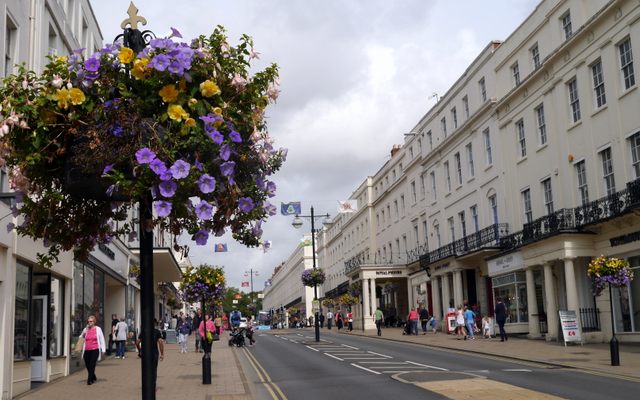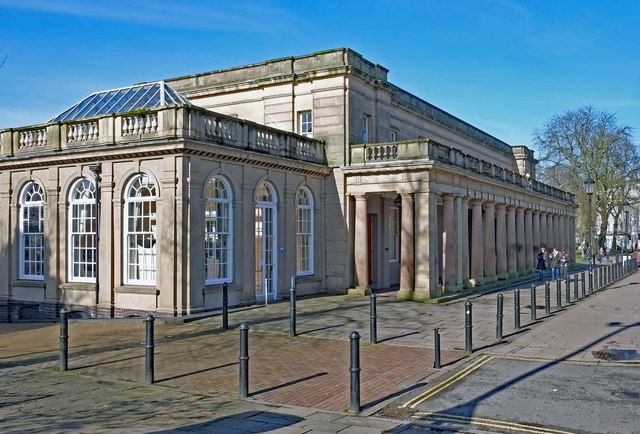About
The growth of the small village of Leamington Priors into the flourishing spa resort town of Royal Leamington Spa was largely due to the discovery of saline water. The mineral-rich River Leam had been already known in Roman times, and was rediscovered in the Victorian era. As the therapeutic qualities of the water were popularized, the town experienced one of the most rapid expansions in 19th-century England.
The historic town’s spa days are long passed, but it still preserves fine examples of Regency architecture in the town's Clarendon Square, the Parade, Jephson Gardens, and Lansdowne Circus. One of the most notable buildings is the Royal Pump Room and Baths, Leamington's only surviving spa facility.
This bathhouse, intended to be one of the greatest in the country, opened in 1814 and was extended in 1864 with a Turkish bath and swimming pool. The building was used for spa treatments up until the 1990s. (The video for Mick Jagger’s 1992 song "Sweet Thing" was filmed in the baths.) Saline water can still be obtained from a fountain inside the building, which now houses an art gallery, museum, and public library.
The most popular physician in Leamington, Dr. Henry Jephson, began practising at the Royal Pump Room and Baths in 1823, by which time the town was flourishing as a health resort. He prescribed different ways of drinking and bathing in the water in conjunction with strict diet and regular walks. His treatments became very popular and attracted many wealthy and famous patients to the town.
Jephson’s contribution to the community of Leamington was acknowledged by naming the Jephson Gardens after him. A fountain, next to the Jephson memorial, commemorates the bravery of the Free Czechoslovak Army parachutists who set out from Leamington to execute the SS governor of Czechoslovakia in 1942.
In the 1840s, the viability of the saline spas in Leamington was threatened by the growing popularity of hydrotherapy—which used pure water rather than mineral-rich waters—and the spas in continental Europe and seaside resorts. By the 1860s, all of the spa town's bath houses except the Royal Pump Rooms had closed down.
Today, there is a seemingly random motif popping up all around the old town: elephants. The first elephants were brought from Ceylon to the town by Sam Lockhart, the first elephant trainer in England, born to a circus family in Leamington in 1850. His circus was in a grand building by the river. There is only some anecdotal evidence that the elephants were washed in the River Leam. Regardless, the slipway down to the river is called the "Elephant Walk."
Another curiosity is the town's statue of Queen Victoria. A statue of the queen is not an unusual thing for an English town, but a surprising fact is that this one, situated in front of the Town Council, was moved one inch on its plinth by the blast during the German bombing on November 14, 1940. And probably as a sign of defiance, it was not returned to its original position.
Related Tags
Published
November 22, 2017































